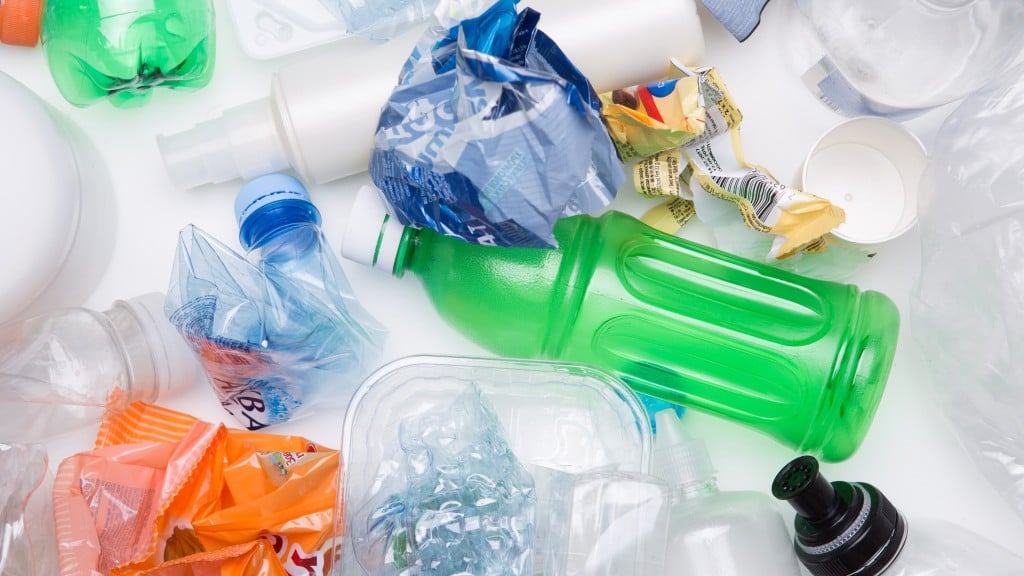
Global awareness of climate change and pollution is increasing, but finding ways to halt our dependence on fossil fuels and plastics is proving extremely difficult. One possible solution is to shift away from petrochemicals towards a biobased feedstock to make plastics, but how realistic is this proposal? IDTechEx uncovers the factors influencing adoption of biobased polymers in their report, "Biobased Polymers 2018-2023: A Technology and Market Perspective".
Modern society is in thrall to fossil fuels for transportation, energy and manufacturing. Worldwide emissions of carbon dioxide show no sign of slowing down, in spite of the Paris Agreement of 2015, as well as growing public awareness of the science. As petrochemicals become increasingly scarce, the price of manufacturing plastics from this feedstock will increase, but considering their myriad applications, it's unlikely demand for these materials will dissipate. A need to change behaviours is increasingly evident, both to move away from fossil fuels towards renewable energy sources, and better manage our utilization of plastics.
So what's the answer? Biobased feedstocks, which are a good source of monosaccharides such as glucose, can be transformed into plastics using a combination of synthetic biology and chemistry. Indeed, a number of startups and large organizations are exploring numerous products manufactured by genetically engineered microorganisms which can act as "drop-in" replacements for existing plastics, or in some cases, alternatives which offer superior properties to polymers we are familiar with.
Companies such as NatureWorks and Corbion have developed poly(lactide) (PLA), a compostable polyester, with a combined a global production of over 225 kT annually. PLA has found applications from 3D printing to packaging alternatives, and has the benefit of being fully compostable, potentially eliminating waste which needs to be recycled in order to circularize the material.
Although biobased feedstocks seem like they have potential to reduce emissions and reduce recycling requirements, their total market share is dwarfed by traditional petrochemical plastics. The barriers to widespread adoption of biobased polymer technologies are myriad.
Firstly, despite demonstrating proof of concepts in an academic setting, the transition to industrial scale production is far from straightforward. A conservative approach to production methods and the complexity of high volume fermentation do not marry well. Furthermore, there is a dearth of capital investment to help academic innovators and early stage startups expand production, both from VCs and from governments.
This absence of funding is compounded by the fact that many biobased products are more expensive to manufacture, certainly in the short term, and possibly into the long term as well, until economies of scale start to kick in to bring down the cost of production. Finally, public awareness and willingness to pay more for a "greener" product hampers demand. Thanks to a few public figures such as David Attenborough, recognition of the downsides of plastics has entered public consciousness, but when faced between a choice of a cheaper petrochemical plastic and a biobased competitor with a hefty green premium, too often consumers are opting for the lower cost product.
Transitioning to a biobased manufacturing economy has been demonstrably difficult to date; however, there are signs that governments are introducing policy initiatives to overcome some of these challenges. Last year, the EU updated its Bioeconomy Strategy, and have made available funding for circular economy projects, in the form of Horizon 2020 project, worth €80B in total. Looking ahead, IDTechEx projects that the market size for biobased polymers will be 2.7 Mt by 2023, as these barriers are addressed and demand for greener materials increases.
Understand the latest trends in Green Technology with IDTechEx; find out more about biobased polymers with the report "Biobased Polymers 2018-2023: A Technology and Market Perspective".
IDTechEx guides your strategic business decisions through its Research, Consultancy and Event products, helping you profit from emerging technologies. For more information on IDTechEx Research and Consultancy contact [email protected] or visit www.IDTechEx.com.
To find out more about Advanced Materials research available from IDTechEx visit www.IDTechEx.com/Research/AM or to connect with others on this topic, IDTechEx Events is hosting: IDTechEx Show! Connecting Emerging Technologies With Global Brands, November 20-21 2019, Santa Clara, USA www.IDTechEx.com/usa


